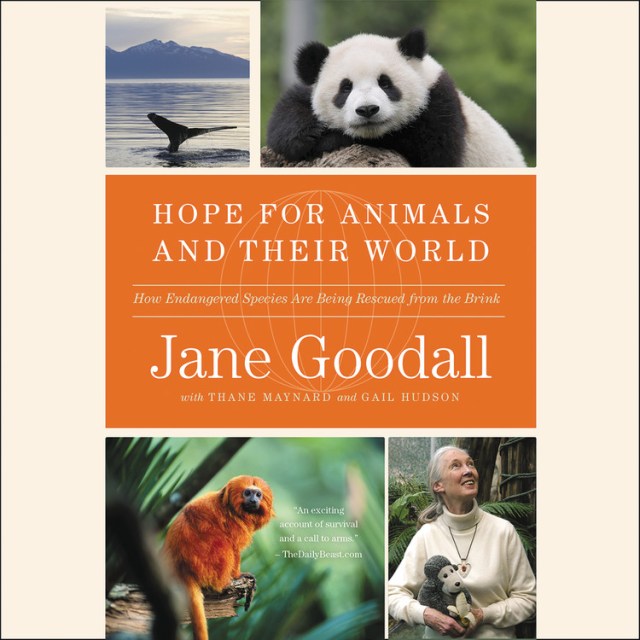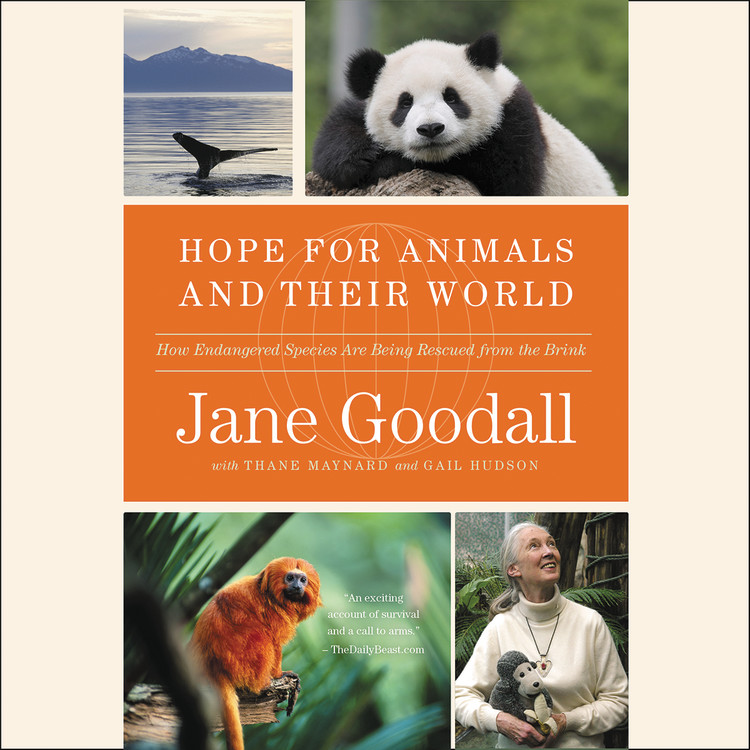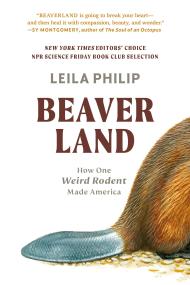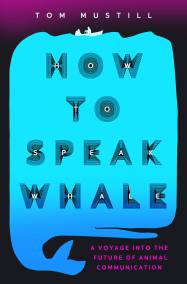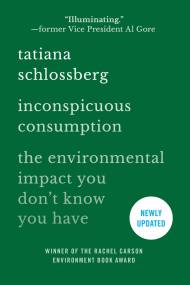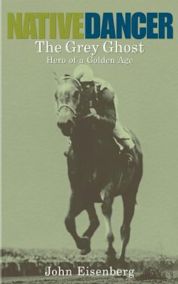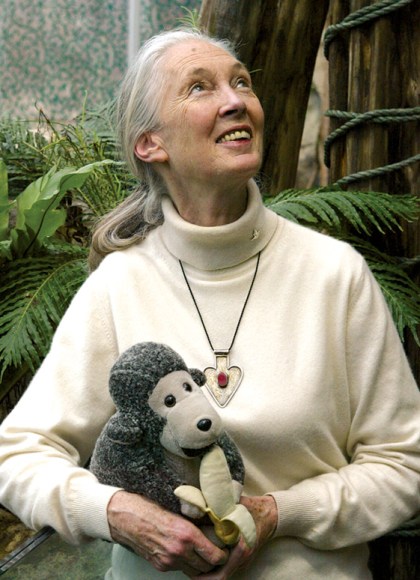Promotion
Use code MOM24 for 20% off site wide + free shipping over $45
Hope for Animals and Their World
How Endangered Species Are Being Rescued from the Brink
Contributors
By Jane Goodall
With Thane Maynard
With Gail Hudson
Read by Jane Goodall
Formats and Prices
Format
Format:
- Audiobook Download (Unabridged)
- ebook $11.99 $15.99 CAD
- Trade Paperback $19.99 $24.99 CAD
- Trade Paperback (Large Print) $28.99 $37.99 CAD
This item is a preorder. Your payment method will be charged immediately, and the product is expected to ship on or around October 1, 2009. This date is subject to change due to shipping delays beyond our control.
Also available from:
With the insatiable curiosity and conversational prose that have made her a bestselling author, Goodall – along with Cincinnati Zoo Director Thane Maynard – shares fascinating survival stories about the American Crocodile, the California Condor, the Black-Footed Ferret, and more; all formerly endangered species and species once on the verge of extinction whose populations are now being regenerated.
Interweaving her own first-hand experiences in the field with the compelling research of premier scientists, Goodall illuminates the heroic efforts of dedicated environmentalists and the truly critical need to protect the habitats of these beloved species. At once a celebration of the animal kingdom and a passionate call to arms, Hope For Animals Their World presents an uplifting, hopeful message for the future of animal-human coexistence.
Praise for Hope For Animals Their World
“Goodall’s intimate writing style and sense of wonder pull the reader into each account…The mix of personal and scientific makes for a compelling read.”-Booklist
“These accounts of conservation success are inspirational.”-Publishers Weekly
Genre:
- On Sale
- Oct 1, 2009
- Publisher
- Hachette Audio
- ISBN-13
- 9781600248702
Newsletter Signup
By clicking ‘Sign Up,’ I acknowledge that I have read and agree to Hachette Book Group’s Privacy Policy and Terms of Use
